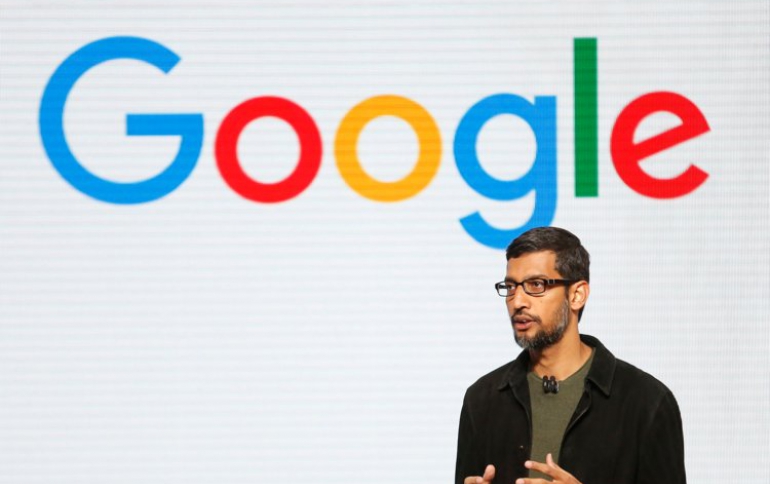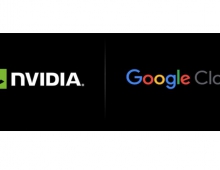
Google Expands Global Cloud Infrastructure With New Regions and Subsea Cables
Google said on Tuesday it would add five regions and build three new submarine cables as it expands its infrastructure for cloud customers.
The company will open its Netherlands and Montreal regions in the first quarter of 2018, followed by Los Angeles, Finland, and Hong Kong - with more to come. Then, in 2019 alphabet's unit will commission three subsea cables: Curie, a private cable connecting Chile to Los Angeles; Havfrue, a consortium cable connecting the U.S. to Denmark and Ireland; and the Hong Kong-Guam Cable system (HK-G), a consortium cable interconnecting major subsea communication hubs in Asia.
Together, these investments further improve Google's network, which by some accounts delivers 25% of worldwide internet traffic.
In 2008, Google was the first tech company to invest in a subsea cable as a part of a consortium. With Curie, the company become the first major non-telecom company to build a private intercontinental cable.
Owning the cable has some distinct benefits. Since Google controls the design and construction process, the company can fully define the cable's technical specifications, streamline deployment and deliver service to users and customers faster. Also, once the cable is deployed, Google can make routing decisions that optimize for latency and availability.
Curie will be the first subsea cable to land in Chile in almost 20 years. Once deployed, Curie will be Chile's largest single data pipe. It will serve Google users and customers across Latin America.
To increase capacity and resiliency in its North Atlantic systems, Google is working with Facebook, Aqua Comms and Bulk Infrastructure to build a direct submarine cable system connecting the U.S. to Denmark and Ireland. This cable, called Havfrue (Danish for "mermaid"), will be built by TE SubCom and is expected to come online by the end of 2019.
In the Pacific, Google is working with RTI-C and NEC on the Hong Kong-Guam cable system. Together with Indigo and other existing subsea systems, this cable creates multiple scalable, diverse paths to Australia, increasing Google's resilience in the Pacific.
Google says it has direct investment in 11 cables, including those planned or under construction.




















